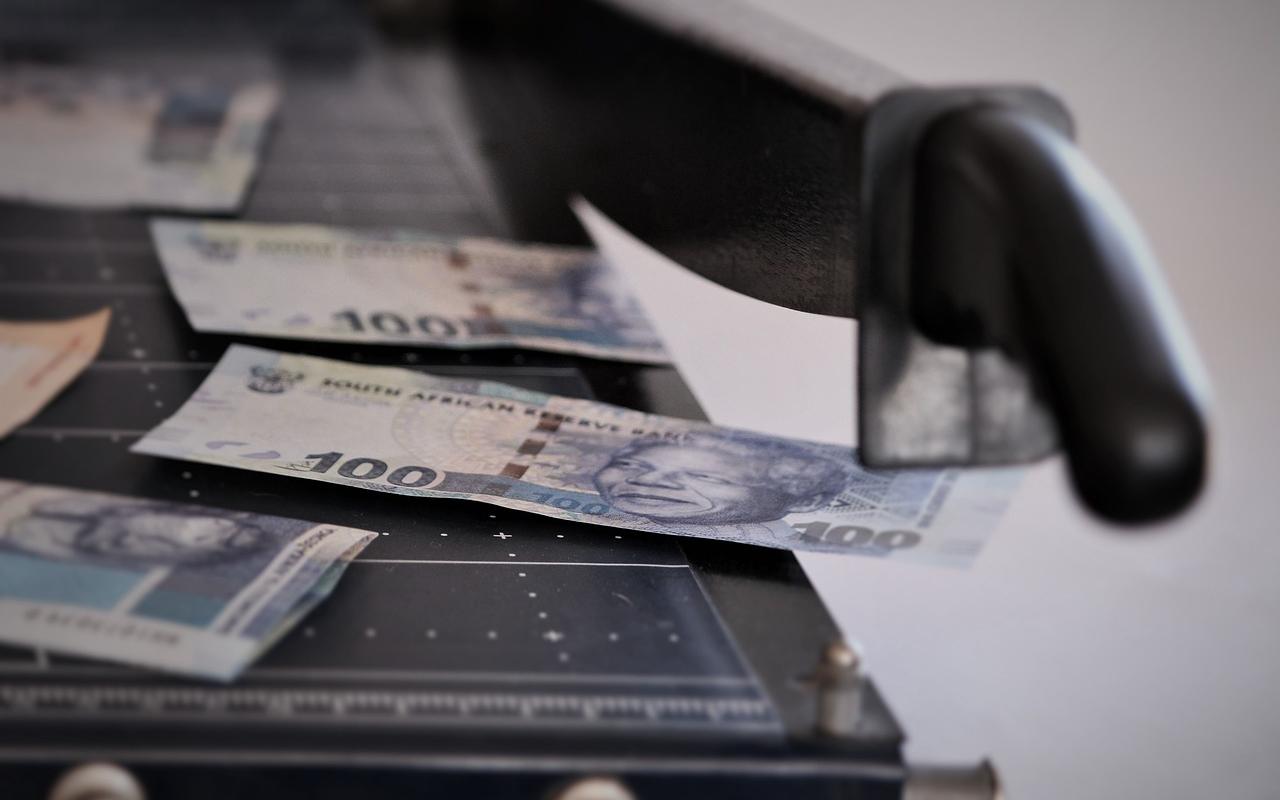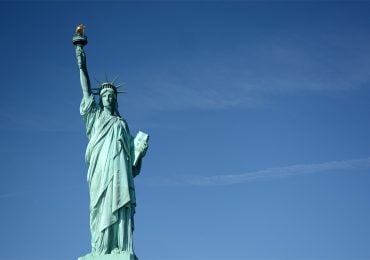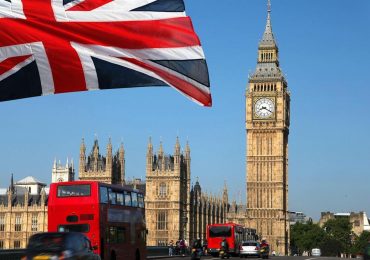Investing in gold is not going to be a reliable protection against inflation
The world is again on the verge of a financial crisis, which means that the popularity of gold as an investment instrument is growing again. This metal is considered such a “safe haven”, which helps to survive difficult times due to the relative stability in price. The worse the economic situation in the world, the higher the demand for the precious metal. However, do not rush to invest in gold. In the short term, this investment tool is unlikely to provide protection against inflation.
Why gold is not reliable protection against inflation
If gold really was a guaranteed protective asset against inflation, then its value would be constant. But in the United States, stable deflation has been observed since October 2018, and the precious metal for this period still showed an increase in the value of 12%. In addition, the ratio of gold to the consumer index has increased. If in October 2018 it was 4.8, now it has reached the level of 5.3.
Half a year is a short time, and changes in the ratio of gold to a consumer index can fluctuate even within a few decades. For example, in 2001 this indicator was at the level of 1.5, and by 2011 it was at the level of 8.
The argument that the changes in the price of gold are not connected with real, but with anticipated inflation, also does not hold water. To confirm this, we can consider the depreciation rate, projected for 30 years, based on the break-even level. For this, the difference in yield between ordinary treasury bonds and similar securities that are protected from depreciation is taken into account. The Fed unit in the city of St. Louis reduced the value from a previously projected 2.13% to 1.85%. Therefore, this indicator can also not be considered.

Naturally, not only inflation affects the cost of the precious metal, but it is this factor that should be considered key. The relationship between gold and the depreciation of currencies was studied even by scientists. In particular, a professor at the Department of Finance and Lending at Duke University Campbell Harvey and a former analyst at TCW Group Claude Erb presented the results of the study, which was called the “Golden Dilemma”. The specialists took as a basis for the model, which was based on the ratio of the average cost of the precious metal and the CPI index.
From the report, it follows that from the time gold was put out for free trading, its price to CPI ratio was at the level of 3.57 to 1. According to the forecast, if the value of the precious metal changes significantly upwards or downwards in relation to the index, then sooner or later it will still return to the specified values.
This means that in order for gold to justify its cost in relation to inflation, it must either increase CPI (by as much as 47%), or the price of the precious metal should roll back to $ 901 an ounce.









